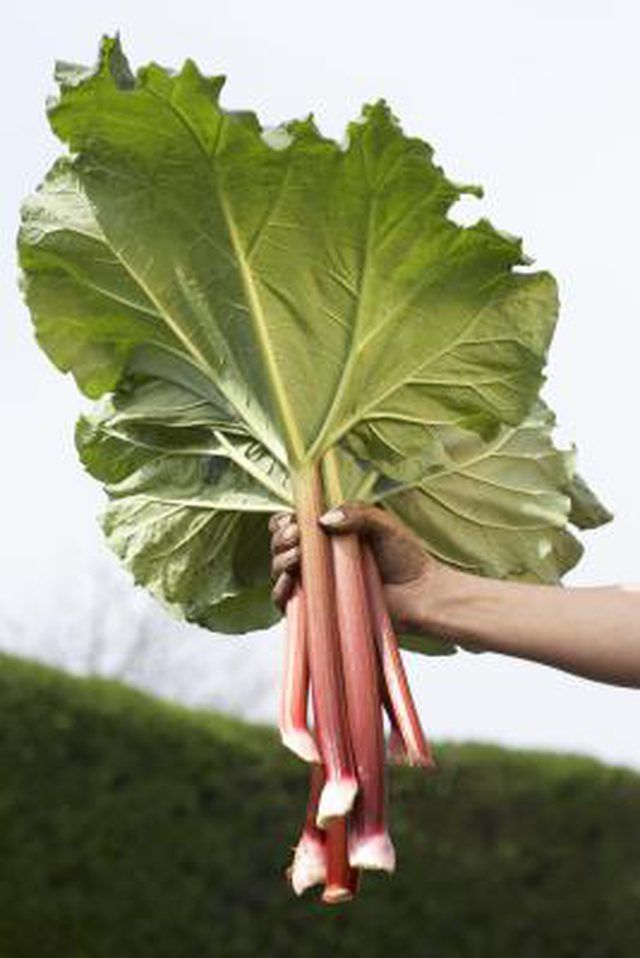Bulbs
Flower Basics
Flower Beds & Specialty Gardens
Flower Garden
Garden Furniture
Garden Gnomes
Garden Seeds
Garden Sheds
Garden Statues
Garden Tools & Supplies
Gardening Basics
Green & Organic
Groundcovers & Vines
Growing Annuals
Growing Basil
Growing Beans
Growing Berries
Growing Blueberries
Growing Cactus
Growing Corn
Growing Cotton
Growing Edibles
Growing Flowers
Growing Garlic
Growing Grapes
Growing Grass
Growing Herbs
Growing Jasmine
Growing Mint
Growing Mushrooms
Orchids
Growing Peanuts
Growing Perennials
Growing Plants
Growing Rosemary
Growing Roses
Growing Strawberries
Growing Sunflowers
Growing Thyme
Growing Tomatoes
Growing Tulips
Growing Vegetables
Herb Basics
Herb Garden
Indoor Growing
Landscaping Basics
Landscaping Patios
Landscaping Plants
Landscaping Shrubs
Landscaping Trees
Landscaping Walks & Pathways
Lawn Basics
Lawn Maintenance
Lawn Mowers
Lawn Ornaments
Lawn Planting
Lawn Tools
Outdoor Growing
Overall Landscape Planning
Pests, Weeds & Problems
Plant Basics
Rock Garden
Rose Garden
Shrubs
Soil
Specialty Gardens
Trees
Vegetable Garden
Yard Maintenance
How to Cut Rhubarb During the First Year
How to Cut Rhubarb During the First Year. The tart stalks of rhubarb (Rheum rhabarbarum) make tasty additions to jams, pies and many other sweet and savory dishes. If you've grown your rhubarb plants from seed or crowns, it's best to wait until their second or third year before harvesting the stalks. If your rhubarb is healthy and well-established,...

The tart stalks of rhubarb (Rheum rhabarbarum) make tasty additions to jams, pies and many other sweet and savory dishes. If you've grown your rhubarb plants from seed or crowns, it's best to wait until their second or third year before harvesting the stalks. If your rhubarb is healthy and well-established, though, you can take a small harvest in the first year without harming the plant.
Things You'll Need
Knife or garden shears
Polyethylene bags
Watch your rhubarb plant for new growth in the early spring. Wait for stalks to grow 10 to 15 inches long before harvesting. Young stalks will taste the best.
Inspect the plant for thick, healthy stalks with expanded leaves. These stalks are ready for harvest.
Grasp stalks near the base and then pull them gently to the side to separate them from the rest of the plant. Alternatively, cut stalks off at the base with a sharp knife or garden shears. When harvesting, ensure that you don't damage any emerging stalks.
Harvest no more than one-half to one-third of the plant's stalks. If you take too many leaves, the plant won't have the energy to continue growth.
Cut the leaves off of harvested rhubarb stalks and discard them. The leaves are not edible.
Seal the harvested stalks in polyethylene bags and store them in the refrigerator between 32 to 35 degrees Fahrenheit.
Tips & Warnings
Rhubarb's flavor is enhanced when paired with strawberries in a pie, jam or dessert.
Rhubarb thrives in U.S. Department of Agriculture zones 3 through 8. It's cold hardy and grows well when temperatures reach about 40 degrees Fahrenheit. Hard freezes may damage plants, though.
Do not eat rhubarb leaves; only the stalks are edible. The leaves contain a concentration of a toxic substance called oxalic acid. The stalks also contain a small amount of the substance, but not enough to make you sick.